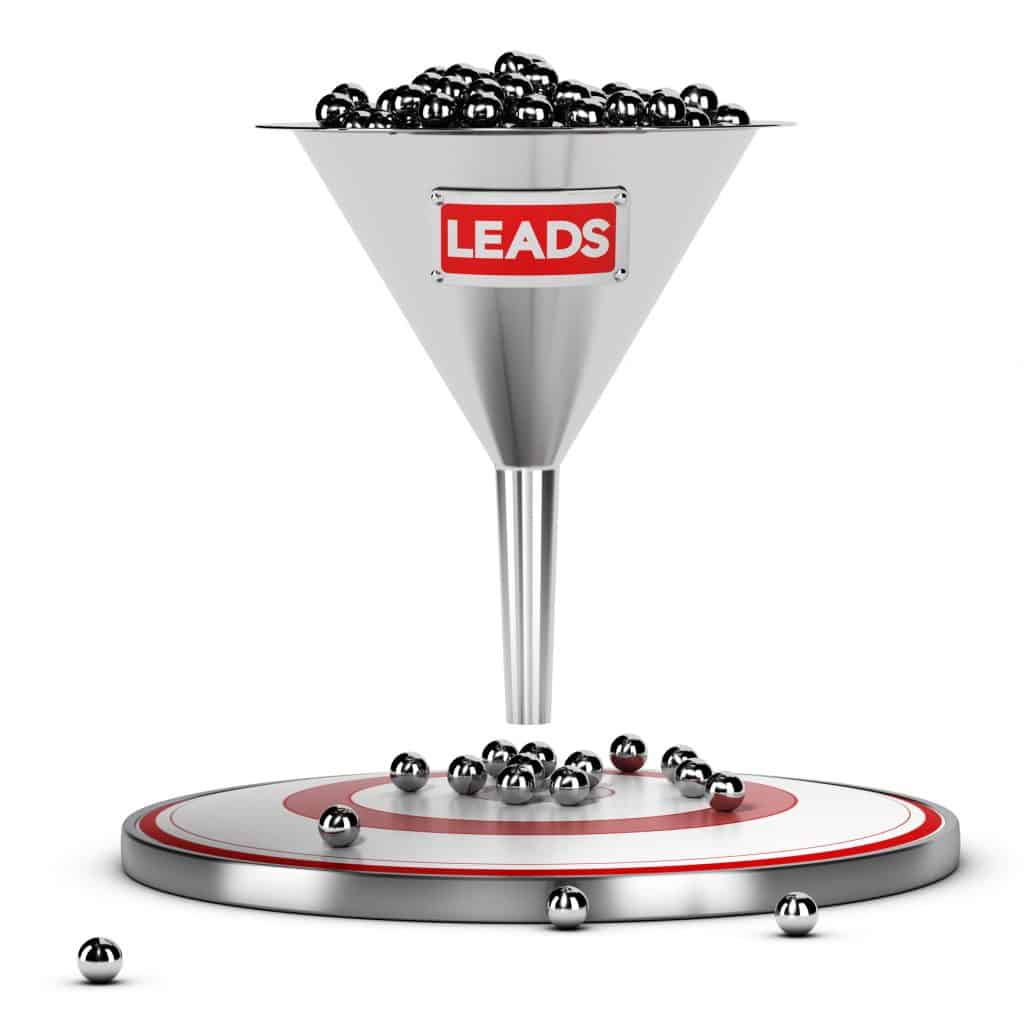If you have a website, whether it’s for informing potential clients and consumers about your…

How to Avoid the 3 Most Common Mistakes in Attribution Modeling
Have you ever launched a product or ran an advertising campaign that far exceeded your expectations?
What about one that you had high hopes for but never ended up panning out the way you thought it would?
Gathering data on why things turned out the way they did—and which customer actions ended up having the most value—will lead to incredibly valuable insights necessary to build an accurate attribution model.
Attribution modeling is the process by which credit is assigned to different steps on a customer’s journey, often from discovery to sale. Called touchpoints, these crucial customer actions will give you data to not only give credit where credit is due (e.g., to employees or affiliates), but to improve the performance of your sales funnel overall.
Some might call attribution modeling an art rather than a skill, since even with high-end metrics gathering software or plugins, the data still needs to be analyzed and, at times, will require some intuition on behalf of the person doing the analyzing.
The truth is that attribution modeling leans much, much further on the “skill” side of the fence. While even the most advanced attribution model will likely never be perfect, the right tools and practices can get you surprisingly close.
If you’d like to get a better handle on which factors of your digital purchasing funnel are the most valuable (and which aren’t), you’ll need an attribution model.
That process will be much easier if you avoid these three common mistakes:
Mistake #1 – Believing That a “Rough” Model is Enough
 Your attribution model may start out rough, but with enough data and effort it should definitely progress beyond any stage filled with guesswork. That effort is well worth it too, because you’ll quickly develop an accurate understanding of which touchpoints have the most value and thus the most ROI.
Your attribution model may start out rough, but with enough data and effort it should definitely progress beyond any stage filled with guesswork. That effort is well worth it too, because you’ll quickly develop an accurate understanding of which touchpoints have the most value and thus the most ROI.
“Rough” models ultimately cause more problems than they solve, since business owners and administrators will only have vague ideas of what’s working well, what isn’t, and who or what deserves credit.
Mistake #2 – Not Looking at All Attribution Models
Having a better understanding of how all your different marketing channels are contributing to sales/leads is invaluable. Especially since this information is typically used to make decisions on allocation of marketing dollars.
The more data you collect about a customer’s entire path through a purchase funnel, the more accurate your attribution model can be. A very basic example might be that by observing the entire funnel, you’d learn that customers who land on “Blog Post #1” have a 30% higher conversion rate than customers who land on “Blog Post #2”. Wouldn’t you say that’s data worth having?
Mistake #3 – Not Tracking Quality of Leads or Conversions
An attribution model can become skewed if the only metric being observed is simple lead or conversion generation, rather than the quality of that lead or conversion.
For example, customers who make “one and done” purchases, never to again return, might be following a very different path in the sales funnel than customers who buy again and again.
Consider the difference between someone buying a product as a gift, and someone who is a dedicated user and regular purchaser of whatever the product is. The latter customer type tends to be much more valuable. Understanding how these kinds of user scenarios fit into your attribution model will make it far more accurate than it would be otherwise.
Perfect Your Digital Sales Funnel for a More Accurate Attribution Model
If you’re ready to take your digital sales funnel to the next level and build a more accurate attribution model, the team at SocialSEO would love to start a conversation with you. We can be reached at 1 (800) 657-1645 or you can complete our digital marketing agency contact form.



